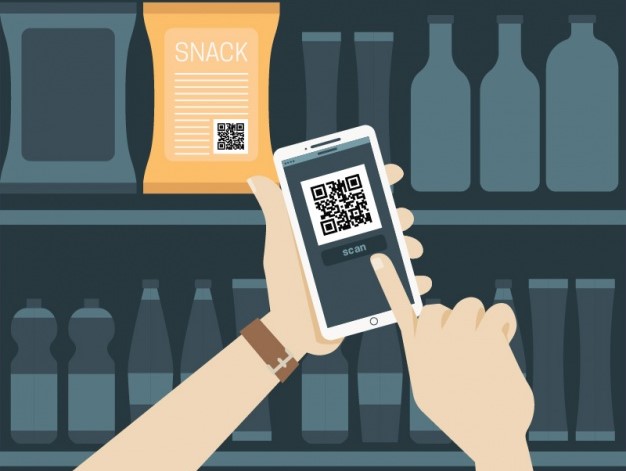SmartLabel™ is one of the pioneering movements under the consumer transparency umbrella of initiatives. The GMA and FDA led SmartLabel allows brands and consumers alike to enrich their product experience by electronically delivering deeper product information through QR codes placed on the product packaging.
The GMA also predicts that 80% of the packaged groceries will feature SmartLabel™ within the next five years.
Key brands like Cadbury, Garnier, KitKat, Hershey’s, Pepsi, have actively lead the way in deploying SmartLabel while many other manufacturers and brands across the US have chosen to watch and wait before moving ahead with their own plans.
One of the primary considerations brands need to look at is how they would like to deliver their SmartLabels and how to structure their solution. For smaller brands which have a small portfolio of products where the product information doesn’t undergo changes for years, it may be simple to create SmartLabels as simple HTML pages which are triggered when a QR code is redirected to these pages.
However, in reality, product information is dynamic in nature for most brands and products. There are often situations where an ingredient in a product may change, a nutrient value may change. The packaging size or quantity may change and this may result in other attributes having to be updated too.
SmartLabel solutions for most require dynamic systems with a clear separation between the SmartLabel data attributes and the front end SmartLabel design which is what consumers look at. Solutions structured this way allow the system/application to separate the data from the actual label. While the label fetches data from a dynamic source, alterations can be made to the existing product data without affecting the printing or product packaging in any way and allow for frequent updates to the data and keeping the information fresh.
In the longer run, these systems that allow for quick changes and easy updates are cost-effective and economical. On analysing requirements for smaller sets of products, it may seem more economical to use a development team to generate static SmartLabels where the attributes are populated within each individual web page, however, when it comes to being able to make changes, update values, comply with keeping the attributes updated, it requires continuous development efforts which simply add to the cost and turns into a tedious process.
Selecting the right solution involves checking to see whether the separation between the data attribute management and the front-end design exists and allows you to dynamically update and publish information without too much effort or development cost.
If you’ve ensured this is possible, chances are you have a long-term solution in place that will not just enable to you launch your SmartLabels but keep them doing what they were meant to do which is deliver rich, accurate product data to consumers beyond the restrictions and constraints of product packaging and traditional print labels.

Recent Comments